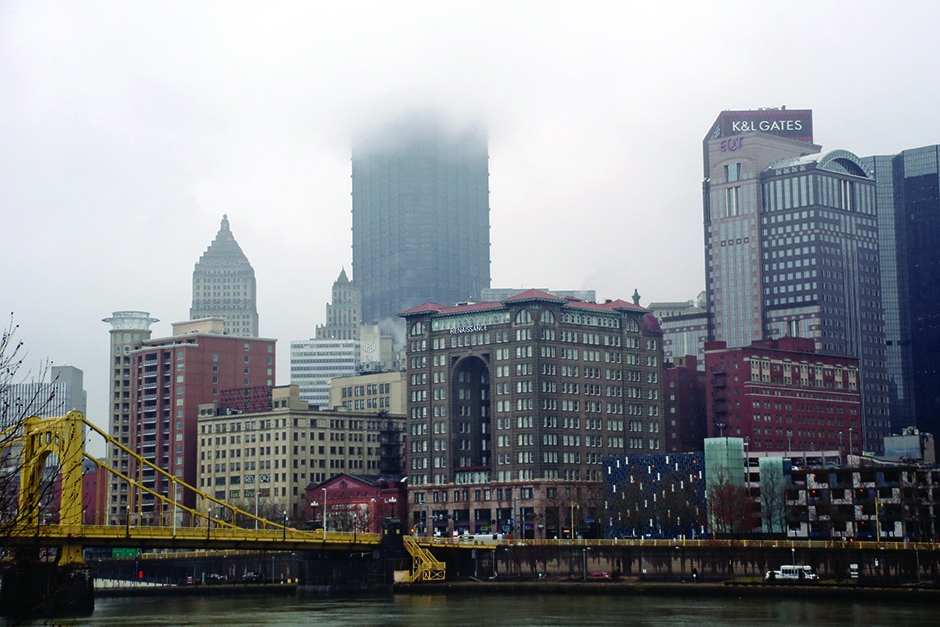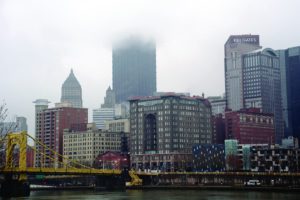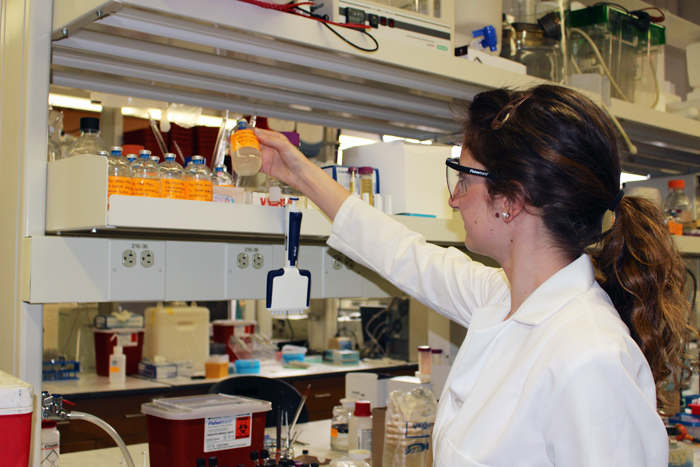
By Shivani Gosai | Asst. Opinions Editor

Other than the small parks dotted around the fringe of downtown, Pittsburgh is greatly needing a dose of greenery. To add a burst of color to the skyline, the Pittsburgh Downtown Community Development Corp. is hoping to turn old buildings into sustainable “vertical forests.”
The group hopes to adorn the sides of old buildings with trees and other greenery, repurposing them to be attractive, livable structures that will also benefit the environment. The foliage is expected to absorb more than 25 tons of carbon dioxide each year and provide 132 pounds of oxygen each day, according to architect Stefano Boeri.
Carbon dioxide levels have contributed the most to climate change in recent years, according to an article by the Union of Concerned Scientists. When we burn fossil fuels like coal, oil or gas, we continue to put this heat-trapping gas into the air, further contributing to global warming. In cities like Pittsburgh, where air pollution can be seen more than in rural areas because of industrial and vehicle emissions, we can benefit from these “living buildings” to decrease carbon dioxide emissions into the atmosphere. The company also says the buildings could help capture rainwater and lower building temperatures. This can potentially save city residents on cooling costs and electricity use.
In an interview with the Pittsburgh Post-Gazette, John Valentine, the group’s executive director, said that he hopes to implement something “sustainable with a long-term positive impact on our city, something that would be friendly to the environment and healthy for residents and the downtown workforce.”
The Pittsburgh Downtown Community Development Corp. plans to meet with developers, architects, building owners and others in the months ahead to try to get the initiative moving.
The idea to incorporate plants and trees into high-rise buildings stems from architect Stefano Boeri, who has already created multiple “vertical forests” in China and Milan.
On his website, Boeri describes his unique architecture as “an urban ecosystem where a different kind of vegetation creates a vertical environment which can also be colonized by birds and insects, and therefore becomes both a magnet for and a symbol of the spontaneous re-colonization of the city by vegetation and by animal life.”
His art has inspired the Pittsburgh company to take the opportunity to do something that is equally beautiful and healthy.
With our own “vertical forest,” the plan will not only benefit the environment but could make Pittsburgh a focus point for sustainable architecture. To give a vibrant, lush quality to cold exteriors is exciting, but extensive care will be needed for these plants. Overgrown plants or roots of some trees can be probable cause for damage to the buildings. Other concerns for the the plan is the cost. Renovations as well as upkeep and maintenance for the buildings will be expensive.
According to CleanTechnica, it’s estimated that urban areas will more than double in size by 2030, especially in small/medium sized cities such as Pittsburgh. With this growth, we can greatly improve the quality of life for those living in cities by adding greenery. By adding more foliage to cities, significant amounts of pollution and dust can be filtered out of the air and limit the amount of carbon dioxide emissions.
The structures, as appealing to the eye as they are, are meant to be viable as well. In addition to increasing the greenery in cities, it’s important to recognize that agricultural area is being lost. As urban cities expand, there needs to be a shift as to where the growth continues. These buildings offer that in a small, but practical way.
By repurposing old buildings into sustainable art that is also beneficial for the environment, we can make Pittsburgh an increasingly livable city. Putting greenery such as trees and shrubs on the sides of downtown buildings would be a viable and innovative way to make the city more aesthetically pleasing and environmentally friendly. The added greenery will attract future residents and investments, all while simultaneously having high performance in terms of environmental impact.




